Family Fitness in 36 SecondsOne act. Three seconds. Twelve times. Equals 36 seconds a day. What’s the magic moment? A hug. According to family therapist Virginia Satir, “The recommended daily requirement for hugs is: 4 per day for survival, 8 per day for maintenance, and 12 per day for growth.” A family’s emotional fitness can be aided by a mere 36 seconds a day. But, the real trick, says neuroeconomist Paul J. Zak, is that the hug has to be associated with a “signal of trust”. Having some sign of confidence in the relationship, or potential connection, accompanied with the hug insures moods more at peace, security increased, and stress released. Efforts can be made to remind us, and family members, of the 36-second hug habit. To strengthen the attachment process and hug therapy in your home I made 2 versions of the Hugs & Kisses Kit. (I threw in the kisses for good measure.) The idea is that the kit has chocolate candies and every time one is taken out, then a hug has to be given to someone as ‘payment’. The kit really isn’t necessary, just a fun reminder to get your family counting and keeping track of heart healthy hugs. Here are a few other times to wrap your head (and arms) around. • hug in morning • hug at night • hug to greet • hug to congratulate • hug to warm • hug to protect • hug to connect • hug to apologize • hug to energize • hug to support • hug to strengthen • hug to surprise Thirty six seconds to increase family fitness of heart and mind. Do you have the time today? Get the DIY downloadable here @ Idaho Women's Journal for $2.
There's a crafty version and a quick version. I had the quick version of the Hugs & Kisses glass jar out during a party and there were hugs everywhere. Try it out in your home and let me know how you like it.
5 Comments
1) Do acknowledge them Hello. Talk to them when they come in. Show some interest. Get to know them. 2) Do show respect Grow up. Kids want to be treated like an adult, this is one area in which that works. 3) Do provide food Yum. Food always works. Feed them. Even let them have access to the kitchen. 4) Do be some fun Duh. Do something unexpected from the normal routine. Be a little playful. 5) Do avoid confrontations Yield. This isn't the time to correct your kid. Do that later, where you can discuss. 6) Do remember them Notice. Names, siblings, & unique things about them. Also, how your kid knows them. 7) Do make it peaceful Zen. An environment that's void of contention makes a place people want to be. 8) Do leave a little space Exit. Give them some room. Not the bedroom. But, some talking space to be private. 9) Do like them Enjoy. Everyone has annoyances. Overlook them. See what your kid sees. Be open. 10) Do keep long hours Nap. It doesn't have to be 'open all night' but kids like late nights. Especially weekends. Bonus: Do treat them like family Include. Everyone wants to belong. Somewhere. Make it you and yours that they think of as 'family' when they need to connect. How you interaction with your kid's friends, and your kid, will benefit everyone. What do you do?
It was the end of another school year. Except this one was different for me because I've been part-time teaching all year. The woman I worked with has been wonderful in sharing her art room and showing me how things go. I wanted to give her a going away gift and thought about the times that we have had emergency drills. (We live in Tornado Alley) I came up with this bitesized classroom emergency kit. It's not a comprehensive kit, more of a make the kids feel good while they're in emergency positions kit. So I filled it with a few things, designed and printed an insert label, and tied a bow. One box, one label, one shopping trip, one gift. Easy peasy. I've included the steps and downloads for you if you'd like to give this gift a go. (It doesn't have to be just for a classroom, you could use it for an office or some other place.) Start off with a clear pencil box, the long ones found in WalMarts & Targets. (It's about 13" long) Then download the label and print on a legal size paper. (I've left the name off and your content area blank on the templates.) I use a paper cutter to cut the printed label. Fill the kit. Here are the contents for this classroom emergency kit. (But add whatever you'd like.) 30 light stick bracelets • 1 large black trash bag • 2 small trash bags • 2 packages of tissues • 2 sticky note pads • 2 ink pens • 1 paper tablet • 1 small red sharpie • 1 large black sharpie • 1 lighter • 4 bullnose clips • 4 thick rubber bands • 1 bottle hand sanitizer • 1 spray hand sanitizer • 2 hand warmers • 16 wipes • 13 tie wraps • 10 safety pins - You could fill it with anything really
Here are the downloads below, in several versions for legal size paper (8.5" x 11").
When my daughter Alisha was almost due with her baby, I was invited to the baby shower given by her school co-workers. We had planned a family/friend shower and I already had a gift in mind for baby Caeden to give then. So, for this shower I wanted to give a gift that would be fun for her. But, of course I waited until the day of - nothing like a little self-imposed pressure to get the creativity going. Trying to think of something, I mentally went back to my baby hospital stays and remembered that after deliveries I was always starving. My friends would then smuggle in a burger or pizza – contraband. Then I thought, “What if you planned for the contraband before going into the hospital?” As a result, I came up with the idea of a Hospital Contraband Kit. The Hospital Contraband Kit is a clear make-up bag with a printed label inserted inside that is then filled with personally tailored contents. For my daughter, I chose chocolate contraband and she loved it! Shortly after that, another friend’s daughter had her baby. It was Christmas Eve afternoon and I didn’t want to fight any crowds at the stores. I remembered that I had an extra make-up bag and quickly printed the label then headed out the door. On my way, I stopped at a convenience store (more expensive but worth it to miss the Christmas chaos) to pick up the contraband. It was a pretty effortless gift and she thought it was great. Here are the fast and easy steps for you to put together your own kit. Print. Fold. Fill. #1 Print the free download #2 Fold on the printed lines #3 Fill with 1 of 3 options You don't really need to get sick to have or make one. Here are the different things you can put inside. To Do - • Print - PDF Download on 8.5 x 11 white cardstock • Fold - printout on light grey lines • Buy - clear make-up bag approx $6 (Modella Brand WalMart) • Buy - contents, your choice • Fill - and give
So, what would you put in a Hospital Contraband Kit?
Did a little surfing down memory lane and came across an article that I contributed to a long time ago and forgot about. It was about TV viewing and what can be done to curb the amount of time watching it. (We've never been big television watchers. There's just so many other really fun things to do.) I'm glad to report the things I said yesterday (relatively speaking) are still valid today. You can see if you agree.
I can't believe it's December. DECEMBER. This so snuck up on me this year. As you know, it's the gift giving season! So I'm thinking about gifts, what fun they are and that I need to get busy getting mine together. One of my favorite types of gifts to get/give are kits. (ok, besides the expensive jewelry, clothes, and art categories.) Kits are so delightful. They're a surprise within a surprise. I love the feeling of being surprised again and again as I look through what was put into the kit. Friendship Bracelet Kit • A To Do Kit • (click image for link) Kits can be designed around any conceivable topic or theme. Like a Snowman Kit. Who knew I wanted a Snowman Kit. It's about as creative as you want to be. Snowman Kit • How totally clever! (click image for link) And kits don't have to be expensive. Which is such a bonus. Some of the items might not be so great on their own (like embroidery thread) but when combined with other inexpensive items and packaged up in a fun way it says I care. Which is what gift giving is all about. They can also be done straight from home. Like from your own kitchen. How convenient! Goodies Kit • Baked Goods in Cello Bags • click image for link I've already created one kit for one of my kids on a regular shopping trip. You can create a kit too. You don't even have to think up your own kit contents, there are so many great ones out there already. I have a whole pin board of them, so you can go here and just pick an idea out. Remember it's December, the gift giving season.
I haven't mentioned it but in August I started teaching 5 classes a week of kindergarten art. Since I haven't taught in the school systems as a teacher I need to get an alternative teaching certificate. Which means more college classes. One of my classes' assignments required a lesson plan with a book and my content area (art). Art & Books are a great combination. I really enjoyed doing this lesson plan and thought I'd share it here. It has Missouri's educational standards but it still might be useful for a class or home activity. Share any feedback you have so that I can improve on it.
I have 8 children and have been in a waiting room (or stuck at some other unforeseen place) a time or two with a toddler. In fact, often with several toddlers at a time. I found that these situations were not just the regular-boring-kind but the outburst-boring-kinds for kids. One of the things that worked for me was the Mini Kid Kit. It was just a small bag in my purse that had travel size things, (tiny flashlight, metal play keys, mirror, bracelet, heavy necklace, hair clip, etc), items they never got to play with under normal conditions. Basically, anything that they were curious in and weren't allowed to play with; or small toys that they usually couldn't touch because they were "mine", kept their interest when they were outburst-bored in a public place. It helped to keep them quiet on many occasions. This helped me not become the outburst mommy of the outburst toddler. If I felt like there was something in my power to do I became less frustrated and more in control of the situation. Toddlers, especially on the verge of tantrums, definitely need a mom in control of herself and the situation. The Mini Kid Kit was a tool for me to do that. But there are 3 keys to the Mini Kid Kit 1) You don't give the child the whole bag, bring out items one at a time 2) They don't see the bag in its entirety so they don't fuss for the next item before they've explored the first 3) You take away the toy (and give them the next one) before they get bored with it Rotate and re-rotate them around. Hopefully, this little tip will help you. Go ahead. Grab a ziplock bag, add a few things in it, and put it in your purse. Done.
I do not know where people, religious people in particular, get this idea in parenting but it exists - If we do this (whatever it is) then we are guaranteed to get that (whatever is attached to this). Okay, I kinda do know where the idea comes from, religiously speaking. But, how did we start applying it to parenting? And in "apply it to parenthood" I mean - If I do 'this' then my kids will (guarantee) to do/get 'that'. By espousing that application we've created a parent trap - satisfaction guaranteed. Parent Trap: Satisfaction GuaranteedHow do we know if we are in this trap? It's framed in our real lives something like this, "We've taught her/him better than that, this shouldn't be happening." Try this, "We've never done X in our home, how could (s)he get into that." Or this, "We've gone to church every week, I don't know how this could happen." If you've heard or said that, it's the snare of thinking that our efforts at being good or doing good as parents are somehow guarantees that our children will be good and do good. As parents we want an outcome (great kids) so bad that we walk willingly into this trap.The reality is that there are no guarantees in parenting. Let me repeat that - Parent Reality: There are NO Guarantees in ParentingLet that settle in a little. That can be an overwhelming realization. Which is naturally followed by thoughts of "why bother", "what's the point" or "I can't win" in parenting. But that's just looking at the problem from one point of view. Albeit a compelling one. But, to truly know where you stand on something you've actually got to move around it a bit. Let's look at it from this angle - Knowing there are no guarantees of good kids gives you permission for freedom. This is kind of cerebral but I'll try my best to explain my thoughts. Now that we are released from the previous parent trap we can switch it around a little, get in a different mental position. What about this - "since nothing is guaranteed I am free to try whatever I think might bring about what I am hoping for." Or, "If I do this and it's not guaranteed to come out that way then I am free to try something else." If the "input" doesn't guarantee "output" then you are free to add other things, omit things, and be creative in what we bring to the parenting table. For example: You want spirituality for your youth. You take them to church thinking that the action will "guarantee" spirituality. When you realize there are no guarantees from that act then you can add other ideas (like surrounding your child with spiritual friends, having one on one discussions about your spiritual journey, or give them instructions on how to personally pray) thus increasing the possibility, not the guarantee, of a spiritually strong youth. It's not being good or doing good as a parent that's the problem. It's the unrealistic expectation that what you do guarantees what they will be. Now, that doesn't mean just give up on things that have been proven to give the greatest benefit to children. We always want to increase ours, and their chances at success. But, to unequivocally expect certain results, regardless, is a parent trap. Here are 5 tips to help get past the trap and increase the likelihood of satisfaction.
Checklist for Change • 5 Tips1. Release yourself from the trap. Acknowledge that what you do may not produce what you want. There are no guarantees to parenting outcome. Free yourself from that thinking. 2. Release your child from being the maker for your parent satisfaction. Your child's behavior shouldn't be how you judge your efforts as a parent. Your parental expectations should be independent of their choices. 3. Do things from a different angle. Keep your eyes on what you think is helpful or needful for the child, not the intended outcome. Listen to your parenting instincts. 4. Don't let other's set the trap for you. Don't be held to someone else's expectations of "should", "shouldn't", "would" or "wouldn't". And don't succumb to the pressure of other's comments or criticism, instead, deliberately dictate the direction you want your parenting to take. 5. Be patient with yourself and your child. It takes time to get out of a trap. Sometimes we're wounded in the process of being trapped and it takes time to nurse and heal the wound. Take time to let the process happen. All we get when we do something, is increase our chances of an outcome a bit. Add to the likelihood that something could happen. I know what I do doesn't guarantee satisfaction. And I'm good with that. Add another tip to keep out of this trap. I've spent a lot of time in front of people showing, teaching, and helping people do things. I did a little showing this weekend. The 4 things below will help no matter what type of demonstration you do. • Do it large Large scale helps with large crowds - people could see my painting 50 yards away & could watch all day • Engage Others Create an exchange with others - I let some children paint on the painting, fun and different for those families • Make it easy This isn't the time to experiment - I could do this type of painting without thinking • Open up Something like this is as more about meeting and talking with people than it is painting
|
Archives
August 2012
Categories
All
|
||||||||||||||||||||||||||||||||||||||||||||||||||||||||






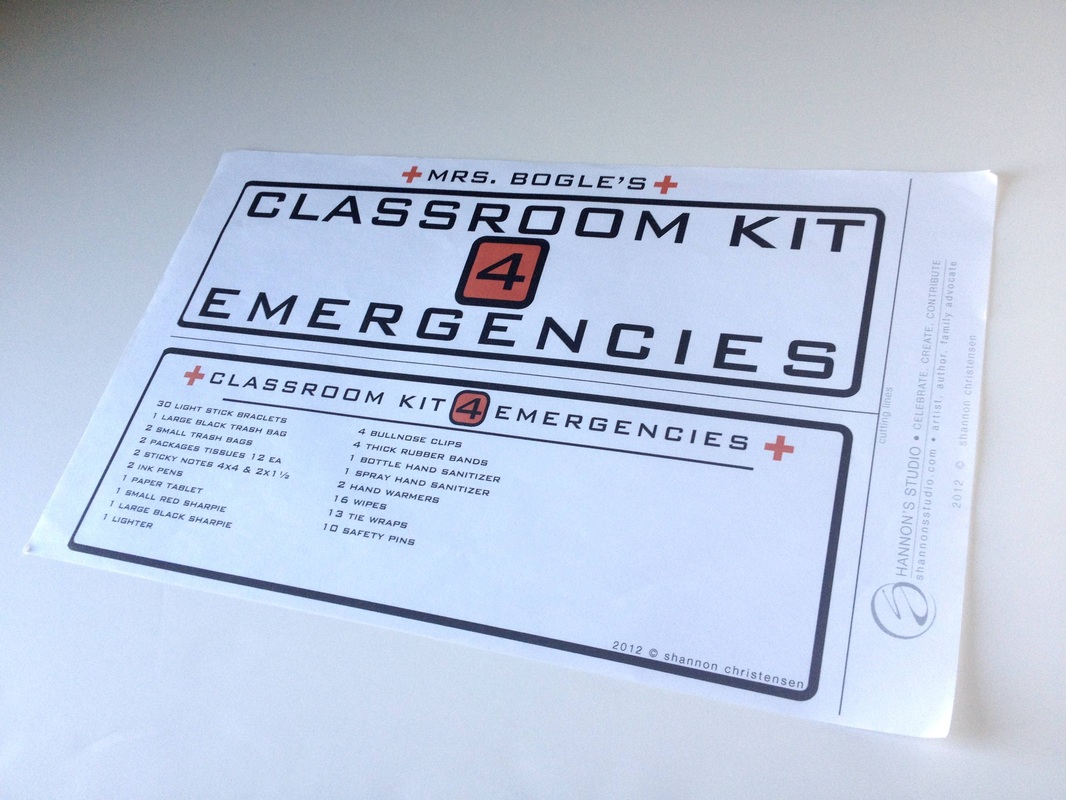

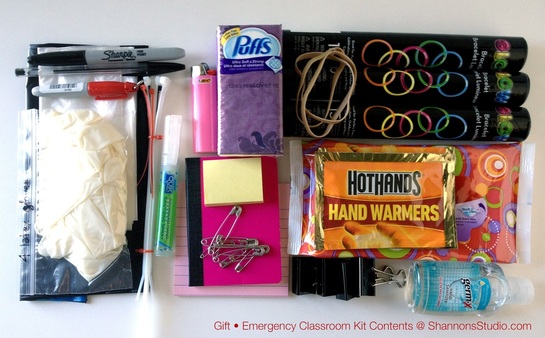

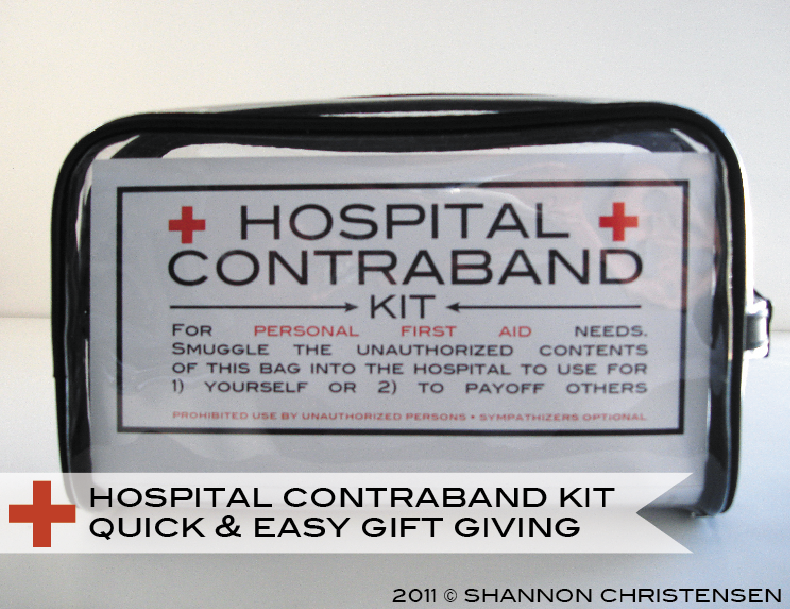

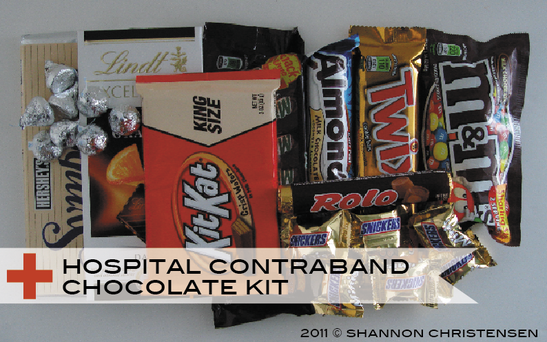
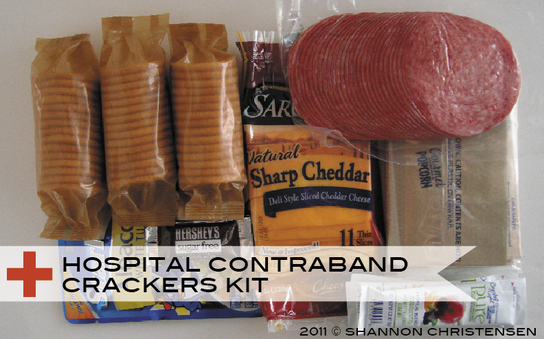
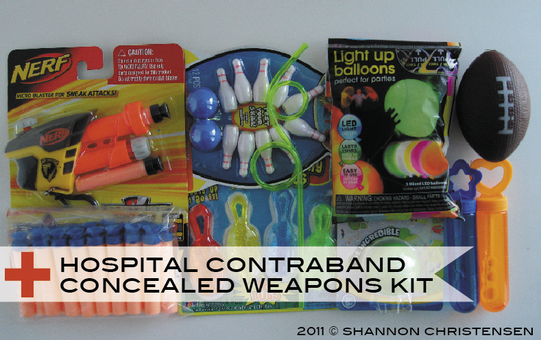


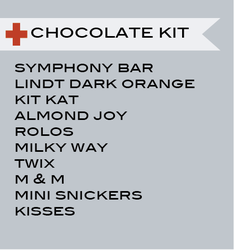



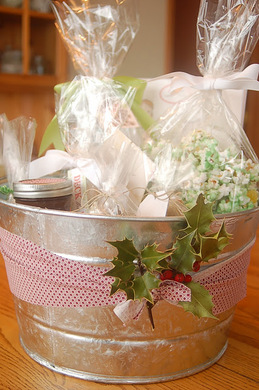
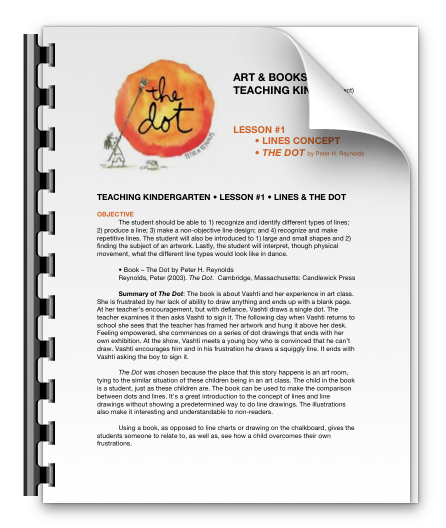
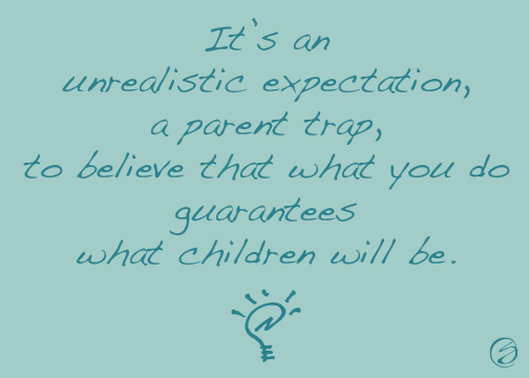
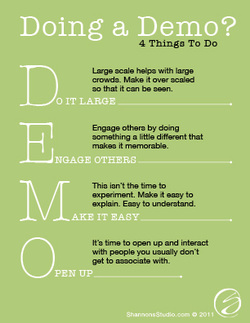
 RSS Feed
RSS Feed